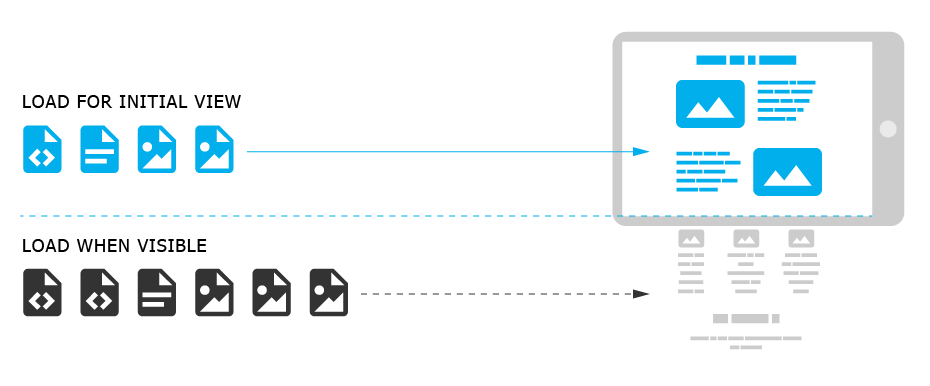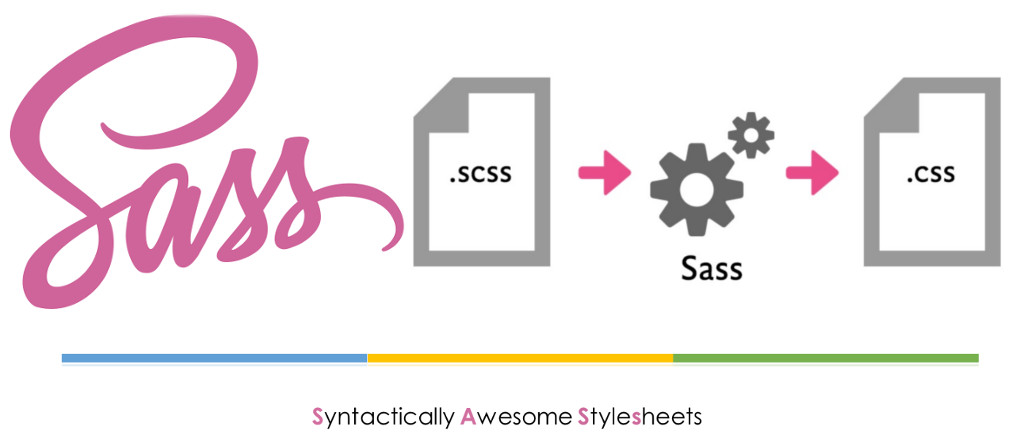Tips for improving your website performance ✨
This article covers quick tips and tricks on how you can improve the performance and efficiency of your website.
Optimizing website performance enhances the user experience, improves search engine rankings, and provides increasing conversions and engagement on your website.
Users expect fast-loading websites. If your website is slow, it's likely that users get frustrated, and seek alternative solutions instead. Slow-loading websites can also negatively impact conversion rates, users are less likely to convert into customers or take other desired actions.
With more and more people using mobile devices these days, optimizing your website performance is essential to ensure that your site loads up quickly on all devices.
This blog post will be covering the points with which you can optimize your website, to make it load faster.
Optimize Images 🖼️
Images are an important component of any website or application. However, they can significantly slow down page loading times if they are not optimized properly. To reduce image file sizes without sacrificing quality, it is important to compress images. This can be done using various image compression tools available online.
Choosing the appropriate image format is also crucial. JPEG is a popular format for photographs as it is capable of maintaining high image quality with relatively small file sizes. PNG, on the other hand, is suitable for graphics with transparent backgrounds.
To further optimize images, serve them in next-gen formats such as WebP for browsers that support them. These formats offer superior compression and faster loading times.

Specifying image dimensions in HTML or CSS code can also help to avoid layout shifts and provide a better user experience. Finally, lazy loading images is another effective technique to reduce page loading times. This method defers loading images until they are actually needed, which can greatly improve page speed. By implementing these image optimization techniques, you can ensure that your website or application loads quickly and efficiently, providing a better user experience.
Reduce code size 📉
Optimizing code is one of the most effective ways to improve web performance. One important technique to optimize code is to minify HTML, CSS, and JavaScript. Minification involves removing unnecessary whitespace and comments, resulting in smaller file sizes and faster loading times.

Another way to optimize CSS is to use preprocessors like Sass, which allow for more efficient and scalable styles. This can help make your code more maintainable and easier to work with.
In addition to minifying and optimizing individual files, concatenating multiple files into a single file can reduce the number of HTTP requests needed to load a page, which can also improve page loading times.
To further optimize code, it is also worth considering using a CSS framework such as Bootstrap. These frameworks provide pre-built components and styles, reducing the amount of custom code that needs to be written.
By implementing these code optimization techniques, you can greatly improve the performance and efficiency of your website or application. This can lead to better user experiences, higher engagement, and ultimately more conversions.
Use caching effectively ☄️
Caching allows frequently accessed resources to be stored locally on a user's device, reducing the need for repeated requests to the server.
Enabling browser caching by setting appropriate cache control headers on your server can greatly improve website performance. By doing so, you can instruct the browser to store static files, such as images and CSS, for a specified period. This reduces the need for the browser to download these files again when a user revisits the site.
.jpg)
Using a Content Delivery Network (CDN) is another way to improve website caching. CDNs distribute static files, such as images and CSS, across multiple servers, reducing the load on your server and improving page loading times.
For dynamic content, such as pages and posts, a caching plugin can be used. This plugin generates static HTML files of dynamic content, which are then served to users, reducing the need to generate these pages on the fly, and improving website performance.
Finally, serving static assets, such as images and CSS, from a subdomain can take advantage of parallel downloads in modern browsers, further improving website performance.
Minimize HTTP requests 🛠️

One effective technique to optimize website performance is to reduce the number of requests needed to load a page. One way to achieve this is by combining images into sprites. A sprite is a single image file that contains multiple images, which are displayed using CSS background positioning. By doing this, multiple images can be loaded with a single request, reducing the number of requests needed to load a page.
For small images, data URIs can be used to embed directly into CSS. Data URIs encode images as base64 data, which can be embedded directly into CSS, reducing the number of requests needed to load the page. However, this technique should only be used for small images, as larger images can increase the size of the CSS file, leading to slower page loading times.
It is also important to minimize the number of plugins used on a website, as each plugin can add additional requests. Plugins can also slow down website performance by adding unnecessary code and functionality.
Use a fast and reliable hosting service 🚀
Website performance is not only affected by website design and optimization, but also by the hosting service that is chosen. A fast and reliable hosting service is crucial for website performance, as it determines how quickly the website responds to user requests.

When choosing a hosting service, it is important to consider the reputation of the provider for speed and reliability. A hosting service with a good reputation will have fast servers, minimal downtime, and responsive support. Choosing a reputable hosting service can greatly improve website performance, resulting in faster page loading times and a better user experience.
For websites that receive a high volume of traffic, it may be worth considering a VPS or a dedicated server. A VPS (Virtual Private Server) is a virtual machine that is hosted on a physical server, while a dedicated server is a physical server that is used exclusively by a single user. Both options provide more resources and greater control than shared hosting, allowing for better website performance and faster page loading times.
